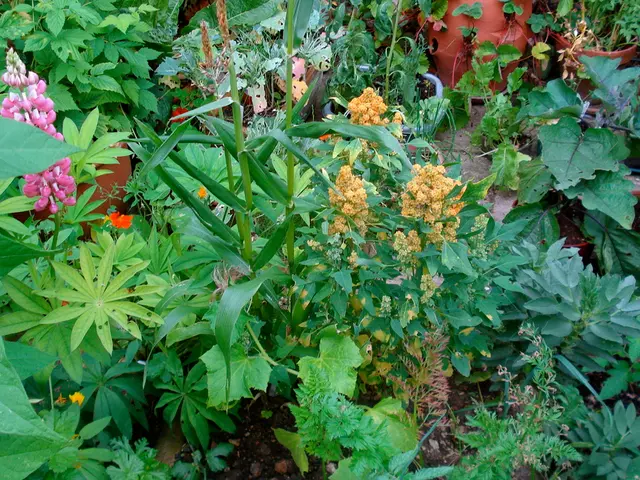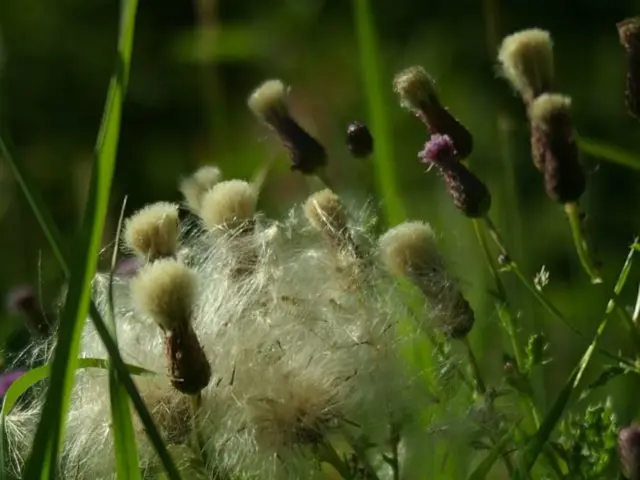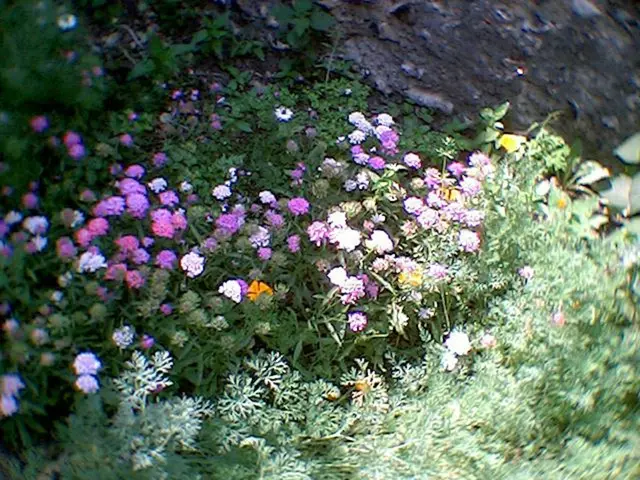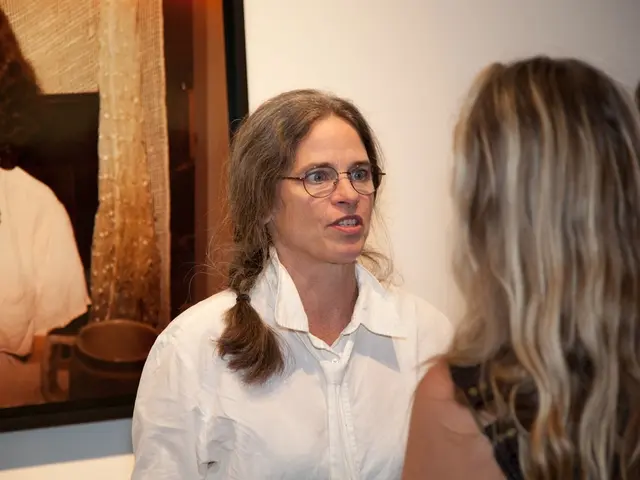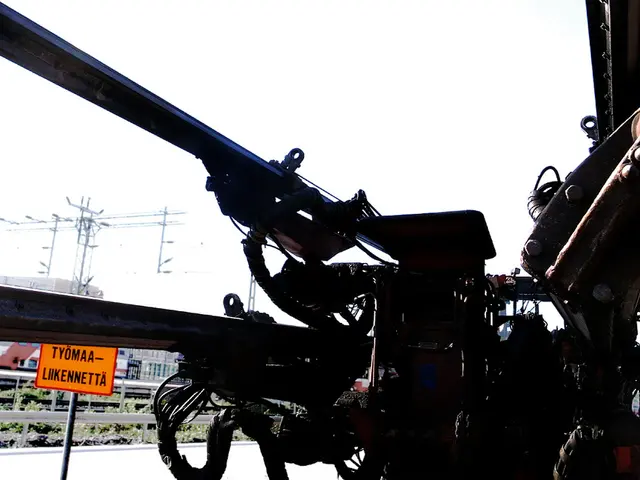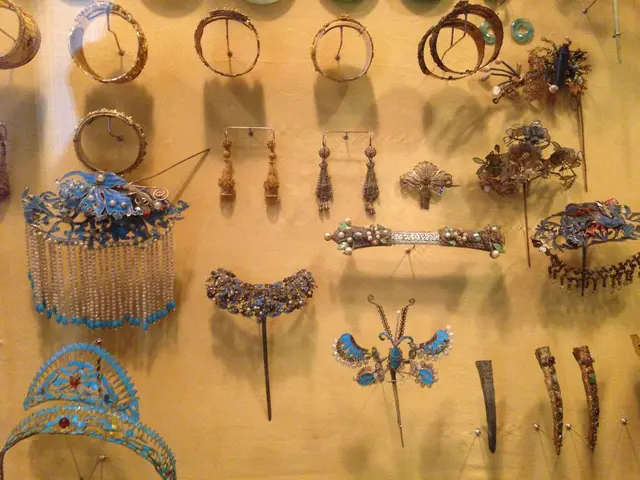Strengthening the Structure of Sparse Bonsai Branches: Investigating Underlying Causes and Enhancement Methods
Indoor Bonsai trees require careful attention to maintain their health and beauty. A variety of factors can contribute to weak and spindly branches, including insufficient light, pruning mistakes, and nutrient deficiencies. This article offers a comprehensive approach to addressing these issues and promoting the growth of strong, robust branches.
**Light Management**
Adequate light exposure is essential for healthy branch development and thickening. Move your Bonsai to a location with bright, indirect sunlight or under appropriate grow lights. Regularly rotate the trees every 1-2 weeks to ensure all sides receive even light, preventing uneven growth and weak branches.
**Corrective Pruning**
Encourage branching by pruning back long, spindly branches to a lower, healthy bud. This promotes the development of secondary branches and denser foliage. Remove dead, weak, or crossing branches to improve air circulation and direct energy to stronger branches. Avoid drastic pruning, making regular, gentle trims instead. Pinch off new growth at the tips during the growing season to encourage back-budding and a fuller canopy.
**Nutrient Management**
A balanced bonsai fertilizer can help address nutrient deficiencies. Ensure the fertilizer matches the tree species and seasonal needs. Repot every 2–3 years (more frequently for young trees) using fresh, well-draining bonsai soil to replenish nutrients and promote root health. Monitor the tree for signs of specific deficiencies, such as yellowing leaves for nitrogen, and adjust fertilization accordingly.
**Additional Reinforcement Strategies**
Structural pruning and wiring can improve branch strength and form over time. Use aluminum or copper wire to gently bend branches, but monitor the wire to avoid scarring. Cautious defoliation, such as partial defoliation for established trees, can encourage finer branching and denser growth, but avoid this technique on weak trees or those recently repotted. Allow time for the tree to recover after corrective measures before additional interventions.
| Issue | Strategy | |------------------------|------------------------------------------------------------------| | Insufficient Light | Increase exposure, rotate tree | | Pruning Mistakes | Prune gently, remove weak growth, encourage back-budding | | Nutrient Deficiencies | Use balanced fertilizer, repot with fresh soil, monitor health | | General Weakness | Structural pruning, wiring, cautious defoliation, allow recovery |
By systematically addressing each potential cause, your bonsai can develop healthier, stronger branches over time. Keep in mind that each tree is unique, and patience and careful observation are key to its continued success.
References: [1] Bonsai Empire. (n.d.). 5 Steps to Grow Strong Branches on Your Bonsai. Retrieved from https://bonsaiempire.com/bonsai-tree-care-guide/grow-strong-branches-on-your-bonsai/ [2] Bonsai Tonight. (n.d.). How to Prune Bonsai Trees. Retrieved from https://www.bonsaitonight.com/how-to-prune-bonsai-trees/ [3] Bonsai4me. (n.d.). How to Strengthen Weak Branches on Bonsai Trees. Retrieved from https://bonsai4me.com/how-to-strengthen-weak-branches-on-bonsai-trees/
Implementing proper light management is crucial for healthy branch development. Position your Bonsai near bright, indirect sunlight or under appropriate grow lights, and rotate it every 1-2 weeks to ensure even light distribution.
For correct pruning, remove dead, weak, or crossing branches, and prune back spindly branches to a lower, healthy bud to stimulate the growth of dense foliage.
Maintain a balanced nutrient supply by using a suitable fertilizer for your tree species and seasonal needs, and repot with fresh, well-draining bonsai soil every 2-3 years. Monitor your tree for specific deficiencies and adjust fertilization accordingly.

